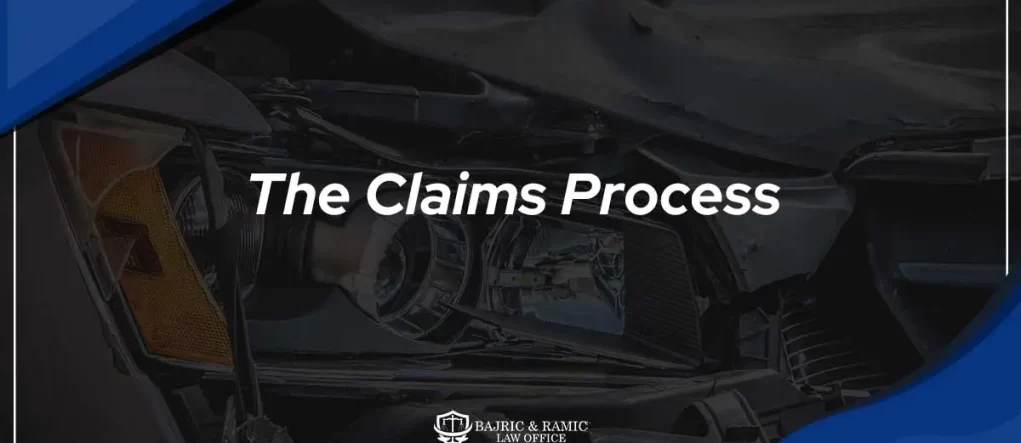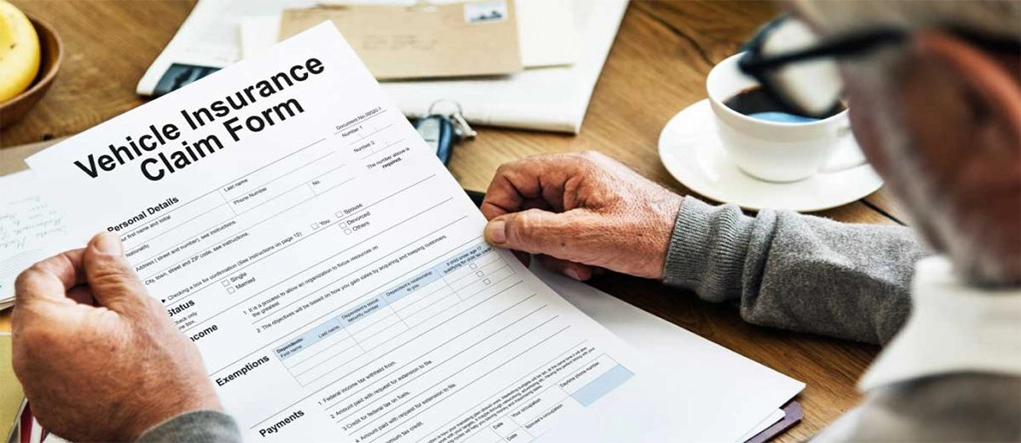The Claims Process

The claims process is actually pretty simple. Having said that, it does require a lot of work to properly set the stage for final negotiations. It can be time consuming and frustrating, so if you know you will not have the time to properly prepare, it may not be a bad idea to consider hiring a lawyer to do it for you. Personal injury lawyers have systems in place that automate the preparation stage. Thus, if your settlement amount will be greater with a lawyer representing you (which, statistically speaking, is almost always the case) and if at the end of the day you will pocket the same amount of money or more than if you had represented yourself, then why go through the hassle of doing the extra work for the same amount of money?
If you so choose, you can represent yourself. The basic steps are:
- Advise the at-fault party’s insurance carrier that you
have a claim; - Gather evidence about the accident;
- Pull together copies of all medical records and medical
bills related to your injuries; - Determine the value of your claim (don’t forget to
include anticipated future medical care and any
possible medical liens); - Prepare a demand packet;
- Negotiate with the insurance adjuster;
- If you are unable to come to an agreement, file a
lawsuit.
Setting up a claim initially is pretty simple. You call the at fault party’s insurance company. You should have collected that
information at the scene of the accident. If not, you can usually get their contact information from the police report. The intake person will ask you a lot of questions about the accident. At this stage, be careful how you word your answers as it may negatively impact their determination of liability. Further, there will also be questions regarding your injuries. Be certain to address any and all complaints you have. In most cases, the intake person will provide you with a claim number and the name and contact information of the adjuster who will be handling your claim. It is a good idea to follow up your conversation by sending a letter to the adjuster detailing the initial telephone conversation.

Once you have set up a claim, it is time to get to work gathering evidence about the accident. That may include going to the scene and taking pictures, taking pictures of your vehicle, and reaching out to talk to the witnesses to get their statements. Do this early in the process and ask if you can record their statement or if they will put it in writing and sign it. Memories fade and people tend to forget what happened after a while. Further, if you get a recorded statement, it is less likely that the witness will mysteriously change his or her story down the road. Get the conversation transcribed, if at all possible. You want to get all the basics: who, what, when, where, why and how. As mentioned previously, it’s a good idea to keep a detailed daily journal of your activities. In particular, note all the things you were able to do prior to the accident that you are unable to do now, or are only able to do with difficulty after the accident.
Once your medical treatment is complete, you then must gather ALL the medical records and bills/itemized statements from your medical providers. While the insurance company will offer to do this step for you, I would strongly advise against it. Reasons are simple: First of all, it does not cost a lot to get the copies and many medical providers will provide the same to the patient at no charge. Second, if you inadvertently give the insurance company permission, they may go back many years prior to your accident and try to dig up medical history to undermine the value of your claim. They may use unrelated medical records to claim pre-existing injuries. You are better off getting the information yourself first and reviewing it so you can present it to the insurance company in the most favorable light to you.
The Health Information Portability and Accountability Act (HIPAA) gives patients the right to obtain a copy of their medical records from their medical providers. In most instances you can get your own medical records. If you are the designated representative or legal guardian, you can obtain your children’s medical records and records of the deceased. The law requires that those be provided within 30 days after a proper request; however, the procedure varies from provider to provider.

Here at my office, we first contact the medical provider and ask how they prefer to handle it. We then send the request in writing with the appropriate HIPAA release form. Some providers require their own specific HIPAA release, while others will accept the generic ones. You can specify certain records or obtain any and all they have in their possession. In some cases the medical provider will send you an invoice for copying costs. They are entitled to “reasonable costs” for copying and sending your records. Once you pay your invoice you should get the requested records. (Keep a copy of the invoice and include this amount in your damage request.)
If you have missed time at work you are entitled to recover lost wages. You may generally prove the amount by using paystubs, tax returns or other employer-provided documents that show your lost income. I usually like to get a letter from the employer stating how long you have worked there, what your position was, how much you were making and how much you would have earned during the time period you were off work due to the accident. This is usually referred to as a wage verification letter and should be signed by your employer.
If you need any help call us on: 314-352-6800
Visit our knowledge base.


